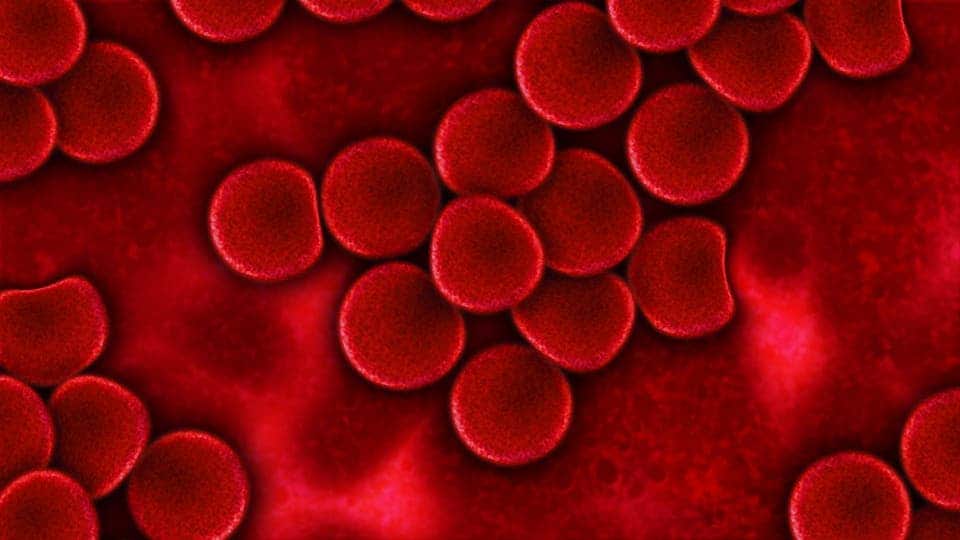Immortalized cell lines could one day be used to create an endless supply of blood for medical uses. A new paper reports the first successful use of such an immortalized line to synthesize blood.

Blood is really important if you plan on staying alive. But it does have an annoying habit of flowing out and away from pokes and scratches in your body, or during surgery and other medical procedures — so doctors need to have a steady supply on hand at all times to replenish the losses.
Trouble is, doctors today rely on donors to keep stocks of blood up, and there are way more patients than donors. Not only that, they also need to match the blood type of the patient with the donor and make sure they have the right volume of blood. So overall, it can get pretty nerve-racking for doctors to make sure they have enough healthy blood of the right type available when they need it.
Blood on tap
But the life of doctors (and probably vampires) is about to get a whole lot better as a group of scientists at the University of Bristol, along with colleagues from the NHS Blood and Transplant, developed a method that should allow us to produce a virtually endless supply of high-quality artificial blood.
The breakthrough would allow for a steady supply of red blood cells to be produced, which could then be used to create artificial blood for transfusions. There are a number of techniques available today to do just that, but they’re very limited in the amount of cells they can produce. For example, certain types of stem cells can be used to produce red blood cells, but the generating sample dies off after producing about 50.000 cells — but a typical bag of blood contains somewhere around 1 million such cells.
The solution, the team says, is immortalizing the generating cell line, so they will never die off and keep making red blood cells. One such cell line has been pioneered by UoB researchers, and they named it the BEL-A (Bristol Erythroid Line Adult). The secret to their success is that they immortalized the stem cells in their premature stage. The cells can then be mobilized to divide and produce red blood cells. It’s the first known line of cells which can continuously produce red blood cells and also generate additional lines successfully.
“Cultured red blood cells provide such an alternative and have potential advantages over donor blood, such as a reduced risk of infectious disease transmission, and as the cells are all nascent, the volume and number of transfusions administered to patients requiring regular transfusions (sickle cell disease, thalassaemia myelodysplasia, certain cancers) could be reduced, ameliorating the consequences of organ damage from iron overload” the paper reads.
Their use could allow a constant supply of blood even in hospitals situated in remote and isolated areas, making a huge difference in life-or-death scenarios where doctors won’t have to wait on a shipment of blood to arrive. Another huge implication of the BEL-A cells is that they could finally decouple the patients from donors, meaning people with rare blood types won’t lack for blood due to a shortage in donors with the same blood type.
The researchers say that in addition to its role in supplying blood, BEL-A cells can also prove to be a powerful tool in further research. Right now, the technique is awaiting clinical trials.
The paper “An immortalized adult human erythroid line facilitates sustainable and scalable generation of functional red cells” has been published in the journal Nature Communications.


